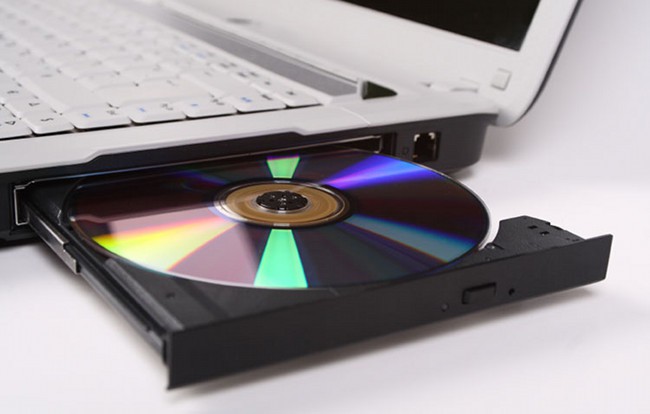Hilscher Port Devices Driver Download
Contact us
Welcome to the NETGEAR Download Center!! To find documentation, firmware, software, or other files, enter a whole or partial Model number in the text search box. Description A device driver is neccessary to use Hilscher's CIFX and COMX communication devices under Microsoft Windows operating system. The CIFX/netX device driver is a kernel-mode driver that runs in Ring 0 of the operating system and supports the Windows plug-and-play mechanisms. The Hilscher Universal Device Driver was designed specifically for use with 32 bit OPC Server products and the Windows XP/2000/NT operating systems running on Intel microprocessor based computers. It is intended for use with Hilscher Communications Interface (CIF) cards. In most cases an Ethernet port that is configured as an EtherCAT device will not transport general IP packets. For this reason and in cases where an EL6601 or similar devices are used it is useful to specify a fixed IP address for this port via the “Internet Protocol TCP/IP” driver setting and to disable DHCP.

Customer Center (Delivery dates/Price information)
Individual consultation
Cached
A complete List of our contact data is available here.CIFX API - CifX Device Driver - Knowledgebase
Most operating systems require a device driver to integrate hardware components. Hilscher CIFX/COMX components require such device drivers as well. Hilscher offers a series of device drivers for a wide variety of operating systems. All Hilscher drivers have a standard user interface (CIFX-API) and are based on a C toolkit also usable for independent device driver development. The drivers are fully responsible for managing the communication components, including loading firmware and configuration files. The user interface contains all of the functions needed to initialize, parametrize, exchange I/0 data and acquire status information. Depending on the operating system, the user interface is contained in a DLL or library. As far as possible, the drivers support existing bus connections such as ISA, PCI, PCIe and dual-port memory connections. The C toolkit, and therefore the basis of the driver code, is designed in such a way that an unlimited number of communication components can be used simultaneously. However, the specific characteristics of each operating system must be taken into account.
